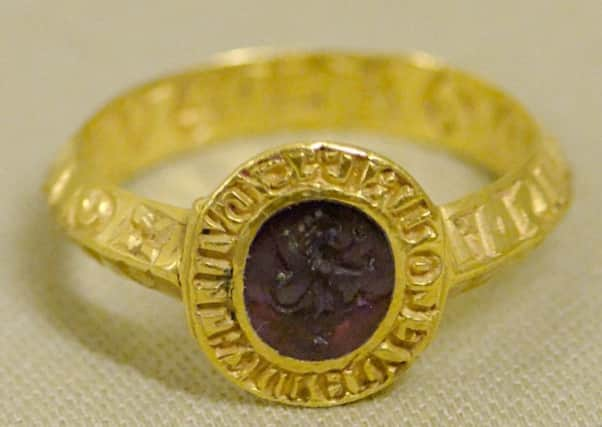Antiques Column: Changing trend for men's jewellery


The tie pin was a long decorative pin fastened to the necktie or cravat.
The late 18th century examples are shorter than later ones with fairly simple designs, usually with paste or foil backed gemstones in closed settings.
Advertisement
Hide AdAdvertisement
Hide AdLater the Victorians enthusiasm for novelty was shown in tie pin designs with sporting and hunting motifs as well as patriotic and political emblems becoming popular.
Cufflinks were introduced in the early 19th century and were as popular amongst women as they were amongst men.
The design trends generally followed those of the tiepins.
The best quality cufflinks are thought to be those produced in the early 19th century, usually 15ct. or 18ct. gold with fine detailing.
Later ones had their gold content reduced to 9ct. and were mass produced.
Advertisement
Hide AdAdvertisement
Hide AdIn the late 19th century cufflinks were often sold in a sets with matching buttons and press studs.
The most popular rings worn by men were seal or signet rings, originally used for authenticating documents by impressing the seal in wax.
Signet rings made before the late 19th century tended to be set with a semi-precious stone and carved with a Coat of Arms or monogram.
After the late 19th century these rings became a much simpler 9ct. gold band engraved with a monogram and they were mass produced almost exclusively for the expanding middle class market that existed.